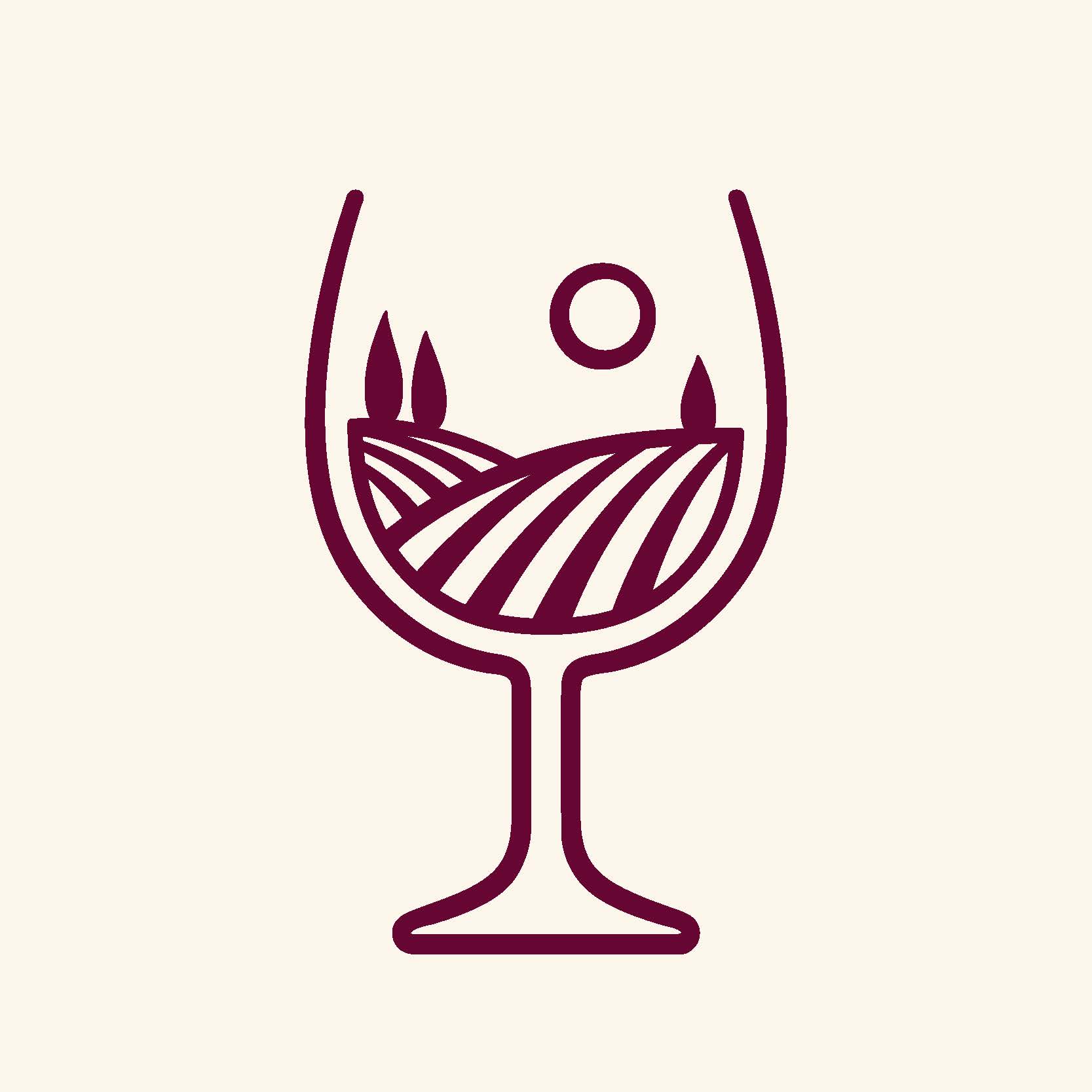Is Natural Wine Dead?

This article originally appeared in the Spring/Summer 2023 print issue of Quench Magazine.
Shortly after the New Year, I got a midnight text from a friend. “Dude, all these young ‘natchlings’ are telling me that it’s over in NYC. Natural wine is at a saturation point.”
His evidence was that the best and most trendy bottles were no longer available in limited supply. “I can get anything that I want,” he wrote, but he wasn’t bragging.
For those who are still willfully ignorant about natural wine, let me clear that up. These wines are made from organically grown grapes with nothing added or taken away—not a passing fad. They are a return to authenticity. I’ve been devoted to advocating for these wines since around 2000 when they were barely registering in the wine world. While there may be some rough times right now, this movement is no passing fancy.
The present natural wine revolution (there have been several) was born in 1978 in Beaujolais. The snapshot goes like this. Marcel Lapierre was making wine in the modern way he had been taught in oenology school and he hated the results. Fortuitously, a meeting with his neighbor, a scientist/vigneron named Julies Chauvet, changed everything. Chauvet was conducting an array of wine experiments including zero sulfur winemaking and making wine in the traditional way. Lapierre followed his lead, and before too long, a group in the area followed suit. These new wines rocked Paris in the early ‘80s when the first natural wine bars popped up. It took about 30 more years before natural wines began to create overnight sensations in the rest of the world.
For those of us who have insisted on wine made solely from organic grapes, the fact that the “natural craze” achieved so much acclaim is worth celebrating. Others should take note that it wasn’t actually a craze but a shift that made considerable contributions to the greater vinous world. Like them or not, the natural contingent was the driving force around reclamation of abandoned vineyards and regions like Chile and Georgia [the country, not the state]. Many growers left chemical farming behind in favor of organic, regenerative, or biodynamic farming; acceptance of hybrid grapes; and naturally low alcohols. New oak is mostly on the decline as producers explore alternative fermentation vessels that have less impact on taste—concrete, clay, old wood, and glass. Even in conservative regions like Bordeaux or Burgundy, producers are reevaluating additives including reducing the sulfur addition. Legacy producers like Domaine de Montille and Albert Bichot have added some ‘natural’, organic, and no SO2 wines to their lineup. Then there’s the pet’nat and skin contact wines. Now, and I write this with relief, it’s far easier for me to grab a glass of natural wine almost anywhere I go.
A seemingly insatiable thirst for natural wine hit the high-water mark around 2018. There was simply not enough of the good stuff around. As a result, there was gap filled by new producers who ignored the need for organic viticulture and reduced this category to a “style” of a wine that is fizzy, cloudy, and boring, with no structure—soulless with the wildness filtered out, but easy to drink. They were just as formulaic as the “Parkerized” wines of the past.
On the other hand, there were sincere natural winemakers that bottled early, often too early, and put out wines that were falling apart with bad reduction, intense volatility and mouse, because there were people who actually liked those wines. The taste was new and appealing, and after all, if it was natural, it had to be good. These were acceptable as long as the wines were under $13 a glass. Now, where prices for wine are rising fast, and by-the-glass hovers around $20, natural or not, it’s a hard sell. Cheap and cheerful is one thing, expensive but soulless is another.
The rising cost of wine is an industry problem, not just for natural producers. A winemaker friend in California told me that when he goes out, he drinks beer. I often choose a martini after looking over the wine selection and prices. Wine is simply too expensive, whether it’s natural or not. This crisis will give rise to something else—a more discerning customer.
For years, the natural stuff was heralded as the genus that would generate enthusiasm for wine from millennials and other new market segments; the genre seemed unstoppable. But rising prices mean more careful choices are necessary: it’s one thing to choose a $15 bottle of wine and find it disappointing, but a whole different thing at $45.
So, is it true that natural wine is over? Not in the least. But perhaps the dogmatic “all wine is great as long as it is natural” is. Maybe the fad-like acceptance of unstable and distasteful wines is over. Hallelujah! People who love wines without additives are not going back to drink tricked up ones. But now, natural wine really is just wine; it has the same problems as the rest of the wine industry. It’s just too damned expensive.
